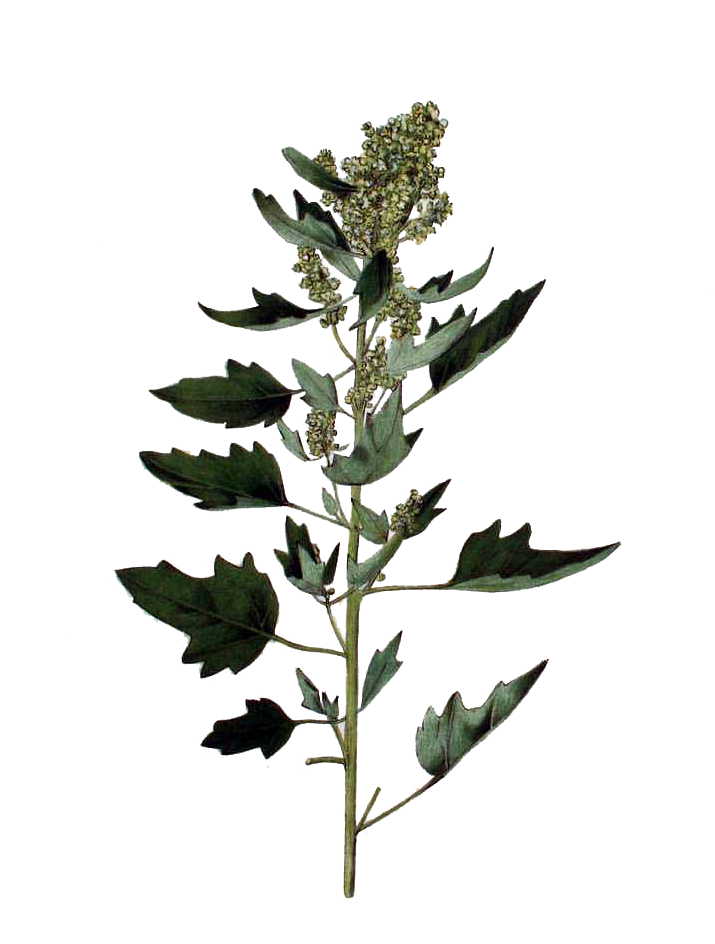Chenopodium quinoa
From nature ...
Quinoa (Chenopodium quinoa Willd., 2n = 4x = 36) is a highly nutritious crop that is adapted to thrive in a wide range of agroecosystems. It was presumably first domesticated more than 7,000 years ago by pre-Columbian cultures and was known as the ‘mother grain’ of the Incan Empire1. Quinoa has adapted to the high plains of the Andean Altiplano (>3,500 m above sea level), where it has developed tolerance to several abiotic stresses2,3,4. Quinoa has gained international attention because of the nutritional value of its seeds, which are gluten-free, have a low glycaemic index5, and contain an excellent balance of essential amino acids, fibre, lipids, carbohydrates, vitamins, and minerals6. Quinoa has the potential to provide a highly nutritious food source that can be grown on marginal lands not currently suitable for other major crops. This potential was recognized when the United Nations declared 2013 as the International Year of Quinoa, this being one of only three times a plant has received such a designation.
Data
We used Cq_PI614886_gene_V1_pseudomolecule.gff and Cq_PI614886_genome_V1_pseudomolecule.fa on the chenopodiumdb database as the reference genome. The Isoseq data downloaded from NCBI were under project SRP077770. To process polypolid plants we insert two extra steps, phasing and adjusting, into TAPIS pipeline.
Summary
From Iso-Seq data, we found 557,905 transcripts, 3,529 novel genes and 138,260 Alternative Splicing events.
Reference
- https://www.nature.com/articles/nature21370
- http://www.cbrc.kaust.edu.sa/chenopodiumdb/

Alternative Splicing Gene Statistics
| Type | ExonS | AltD | AltA | IntronR | Other | AltP |
|---|---|---|---|---|---|---|
| Gene Number | 4,400 | 7,718 | 6,557 | 9,651 | 5,490 | 8,704 |